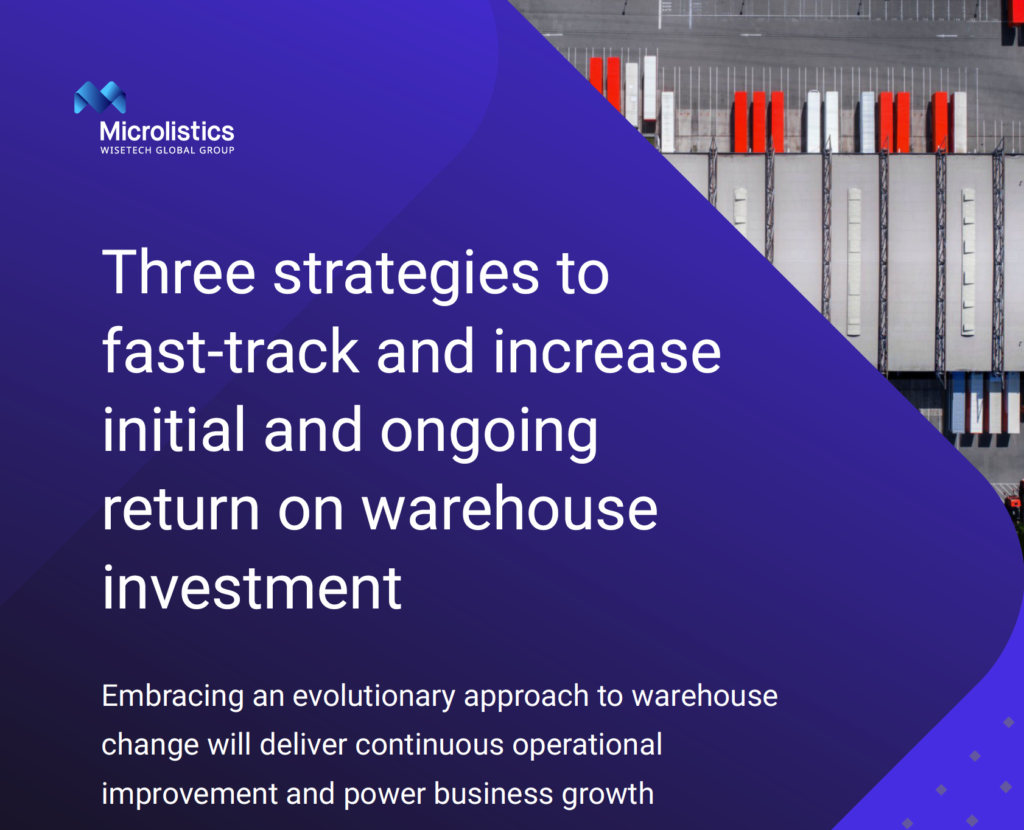In recent years, the field of warehousing has faced significant global disruptions. These challenges span from the widespread impacts of the global pandemic to more localized issues such as the Suez Canal blockage, shifting regulations in various countries, labor shortages, and the retention of employees.
However, amidst these challenges, there are opportunities for growth for those who are prepared and proactive. A new philosophy for IT investment is emerging within the warehousing sector, emphasizing agile planning and budgeting.
While implementing a new WMS is not easy, there are strategies that warehouses can employ to expedite the process and reduce the overall Total Cost of Ownership (TCO) while achieving greater long-term returns.
One of the easiest ways is to limit the time and expense of warehouse changes by tightly managing scope. Here’s how, by concentrating on core processes and readily achievable improvements, businesses can maximize the value of their WMS investment during the initial stages of implementation, reducing both time and expenses.
When in the market for a Warehouse Management System (WMS) solution, it’s wise to explore options that include pre-configured core processes right out of the box. Look for a WMS solution that provides tailored features and functionalities designed for specific industries such as 3PLs, manufacturing, or retail. They can also cater to niche segments within these industries, including eCommerce, cold chain, or fast-moving consumer goods.
These built-in capabilities serve as a solid foundation, enabling straightforward configuration to tailor the system to your business’s distinct requirements.
To stay at the forefront of modern business, continuous operational optimization is crucial. After a significant overhaul, it’s essential not to let operations stagnate in the warehouse.
Remember that customization often involves custom programming. This can require extra time, effort, and costs, especially when relying on external professional services. Additionally, customized programming isn’t as easily updatable in the future.
The goal when establishing a WMS foundation is to ensure it can grow with your business. No-code configurability empowers internal resources to personalize the WMS through easily accessible training and documentation. For external professional services already familiar with the product, it means less time and effort.
It’s important to avoid the trap of thinking too far ahead of your current needs, as this can lead to overcomplicating, overengineering, and overpowering the new system. This often happens when pricing structures limit advanced functionality through one-time licenses during the initial purchase phase. For example, if you plan to add eCommerce in a year, there’s no rush to implement it now.
Instead, focus on a system that meets your current needs while allowing room for growth. Let your system, workforce, and processes evolve as your business grows. Increased revenue will cover incremental costs, avoiding the need for significant additional investments to protect your margins and cash flow.
For logistics providers, it’s essential to reinvest profits in optimizing operations and fostering future growth. Today’s profits can serve as the fuel for tomorrow’s innovations and enhancements.
The adoption of cloud-based Warehouse Management System (WMS) software has marked a significant and transformative shift for logistics companies. By embracing a cloud-based approach, logistics providers can effectively eliminate the need for on-premises data centers, servers, and the technical staff required to maintain them. Instead, they can redirect their focus towards delivering exceptional logistics services.
Several key advantages come with this shift. Foremost, cloud-based solutions do away with the need for costly one-time licenses (OTLs) and substantial investments in IT infrastructure. These systems are also accessible from any device and location, making them highly versatile and adaptable to different operational scenarios.
Additionally, they scale to handle processing needs without over-compensating for capacity during the initial roll-out or expensive server additions down the road. This scalability ensures that logistics providers can efficiently adapt to changing processing requirements as their operations expand.
By embracing an agile IT approach by leveraging templates for WMS, prioritizing configurability over customization, and considering cloud solutions for flexibility, businesses can get on the front foot in an evolving industry.
If you want to learn more about the evolutionary approach to warehouse change and discover strategies that can expedite your warehouse operations, explore our eBook, “Three Strategies to Fast-track and Increase Initial and Ongoing Return on Warehouse Investment”.
